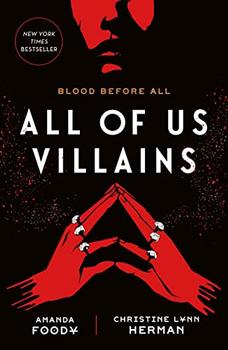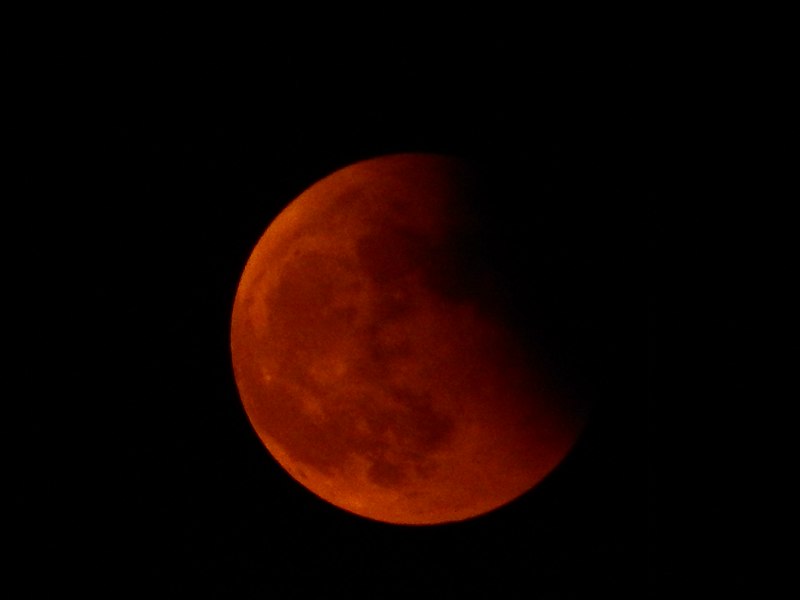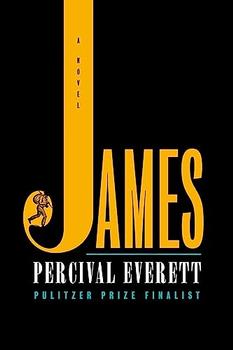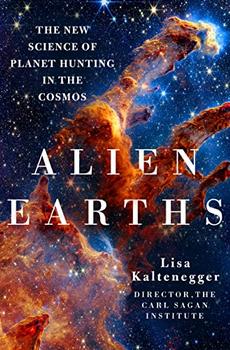Summary | Excerpt | Reviews | Beyond the Book | Read-Alikes | Genres & Themes | Author Bio

Critics' Opinion:
Readers' Opinion:
First Published:
Nov 2021, 400 pages
Paperback:
Jul 2022, 400 pages
 Book Reviewed by:
Book Reviewed by:
David Bahia
Buy This Book
This article relates to All of Us Villains
 Of all the commanding aspects of All of Us Villains, the concept of "magick" arguably stands as the story's most significant. The residents of Ilvernath treat its existence much as they would electricity and running water, and in many ways are just as reliant on its practical applications as we in the real world are on our smartphones. An examination into the impact of magick on the roles of the central characters reveals parallels in its symbolism to an array of other stories in history and the present.
Of all the commanding aspects of All of Us Villains, the concept of "magick" arguably stands as the story's most significant. The residents of Ilvernath treat its existence much as they would electricity and running water, and in many ways are just as reliant on its practical applications as we in the real world are on our smartphones. An examination into the impact of magick on the roles of the central characters reveals parallels in its symbolism to an array of other stories in history and the present.
In All of Us Villains, "magick" is divided into two subsets: "common (low) magick" and "high magick."
Common magick is described in its "raw" form as a white, glittering substance that can be harvested from the deceased. An essence or energy that infuses itself in the bodies of the living, it releases and scatters like ashes upon the sea after burial. In order to make use of it beyond its raw form, a trained spellmaker must craft the magick into a specific spell (or curse) on a specialized spellboard and then load the finished product into a spellstone, typically embedded in a spellring or cursering (as depicted on the book's cover) from which the wearer can discharge it at will. Common magick can endow its wielder with superhuman-like powers to read minds, turn invisible, run long distances at bionic speeds and launch a cascade of devastating cursefire upon enemies.
Parallel examples of regular people gaining superhuman abilities through similar means abound in our modern mythology, as recent franchise box office successes like Spider-Man and Venom attest. Certainly, neither of these films' titular figures derives their powers from ominous white sparkles that leave the buried shells of the dearly departed, but their origin stories are invariably humble. Peter Parker before the spider bite that gives him his superpowers is just another awkward nerd, and Eddie Brock is a failed, humiliated journalist up until his encounter with the symbiote that leads to his own transformation. Likewise, All of Us Villains describes its tournament champions as a motley crew of "rotten" teenagers, each with their own set of personal troubles and irrational impulses reminiscent of the classic misfit line-up of "a brain, and an athlete, and a basket case, a princess, and a criminal" celebrated decades ago in The Breakfast Club. Nevertheless, once the curserings have slipped onto their fingers, the main characters are no longer conflicted kids trying to find their way in the world. They become deadly Villains. Psychiatrist Carl Jung famously studied the ways in which humans have always been driven by certain mythological archetypes, including characters with extraordinary abilities — like our modern-day superheroes and supervillains. No matter who they might be, we as the audience may be moved to a near-religious fervor when we watch them in action. We walk away comforted because we can see ourselves in these larger-than-life figures.
In its initial form, common magick is comparable to the Force of the Jedi (and the Sith) in the Star Wars universe, and the chi of Shang-Chi. The fantasy drama trilogy His Dark Materials by author Philip Pullman similarly features a "dust" that clings to all living people and even accumulates as they age. In all of these cases, the substance or force in question does not necessarily appear to be inherently good or evil in its raw configuration, but rather something that can be harnessed for various purposes.
If common magick is the life-force in the earthly realm, high magick could well be considered the dark power of Hades—the ancient Greek word for which can be translated as "the unseen." It commands formidable power in the history of empires, often resulting in wars and mass death, yet most of its secrets remain just that—invisible, shrouded in mystery in the world of All of Us Villains. What we do know is that the family who hold the current monopoly on high magick can alone perceive the characteristic crimson glimmer of its appearance—to everyone else it is transparent, entirely concealed from the senses. The other residents of Ilvernath may be unable to perceive the presence of high magick, but they still feel its palpable hold over their lives. Like a de facto aristocracy, the family commands the town's spellmakers and local lawmakers. Like Shakespeare's Macbeth, whose claim to the throne is predicated on the numinous vision of three witches (linked symbolically to mystical knowledge and the underworld), the legitimacy of their rule over the city is predicated upon the occultic ("hidden") power of high magick.
Many in All of Us Villains believe both types of magick to have a celestial origin, noting that it actively "rejects the earth." This would explain why common magick suddenly leaves the body when it is lowered into the soil. Then there is the "Blood Moon," which first appears over Ilvernath as a sign of the approaching "Blood Veil" event—as with the champion's tournament itself, both these phenomena are the confirmed workings of a high magick curse. An actual astronomical event, the Blood Moon occurs during a total lunar eclipse. When the Blood Moon draws near the Earth at Ilvernath, we observe an incomplete closing of the cosmic gap, the moment where humanity is nearest to the divine realm.
As is written in Apuleius's On the God of Socrates, "nullus deus miscetur hominibus": no God is mingled with men. According to this idea, humanity can no more involve itself in the affairs of the divine than the earth can elevate itself into the stars. The Blood Moon over Ilvernath likewise never makes contact with the earth. The subsequent Blood Veil, on the other hand, is nothing short of a supernatural intervention in the mortal realm. High magick, itself of divine origin ("from the stars"), descends in the form of a transparent, impenetrable barrier that traps the tournament champions within the combat grounds. The closed perimeter of the structure creates a scene of mass pagan sacrifice involving the blood of fallen champions. Their bodies paint the ground the same color as the legendary philosopher's stone, which in mythical alchemy sheds its crimson pigment upon baser metals so that they may transform into gold.
The examples above are merely a microcosm of the ways in which magick, as represented in All of Us Villains, is echoed by a vast human network of shared themes, symbolism and ideas. By comparing its imagery to that of other stories both in the present and past, we can appreciate the depth of human imagination from which diverse interpretations and reinterpretations of the concept have persisted throughout the ages.
Blood moon during lunar eclipse, 2014, by Abhranil Kundu (CC BY-SA 4.0)
Filed under Cultural Curiosities
![]() This "beyond the book article" relates to All of Us Villains. It originally ran in January 2022 and has been updated for the
July 2022 paperback edition.
Go to magazine.
This "beyond the book article" relates to All of Us Villains. It originally ran in January 2022 and has been updated for the
July 2022 paperback edition.
Go to magazine.




No matter how cynical you get, it is impossible to keep up
Click Here to find out who said this, as well as discovering other famous literary quotes!
Your guide toexceptional books
BookBrowse seeks out and recommends the best in contemporary fiction and nonfiction—books that not only engage and entertain but also deepen our understanding of ourselves and the world around us.